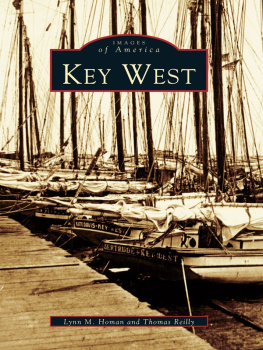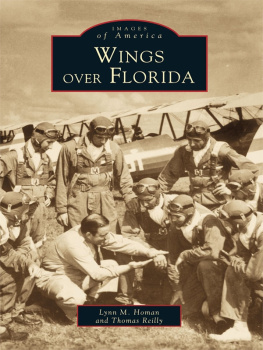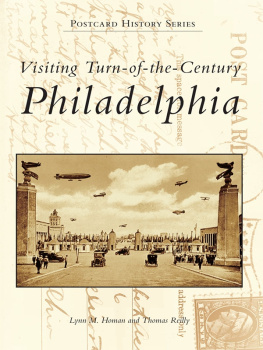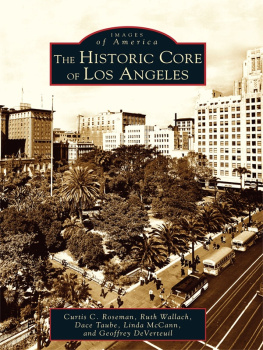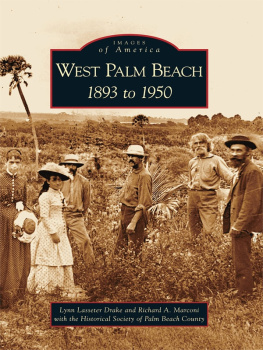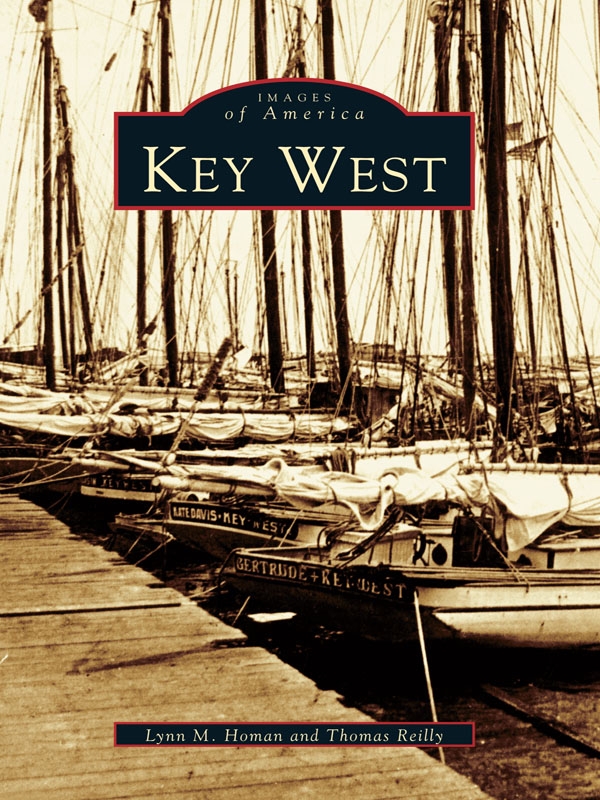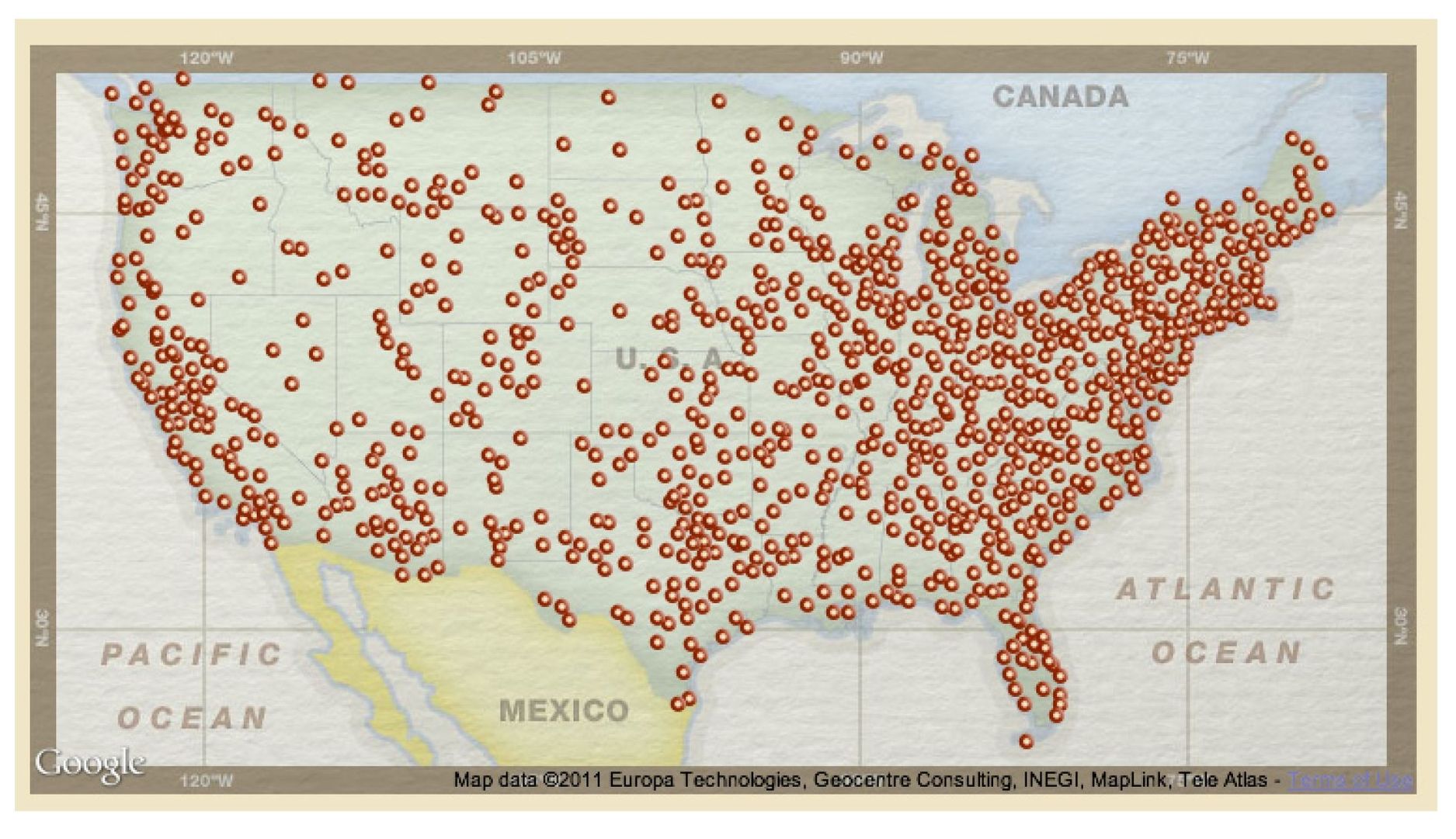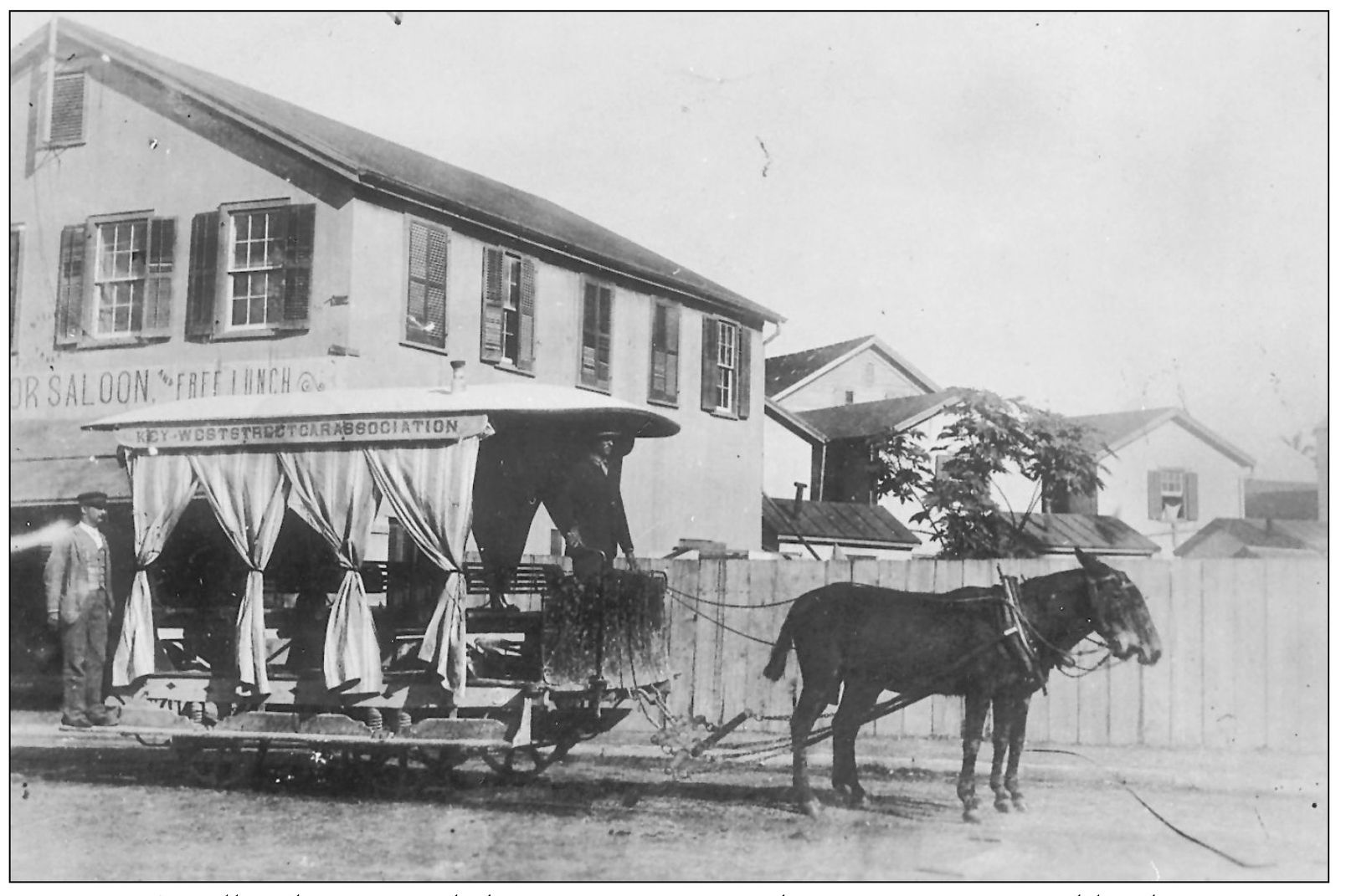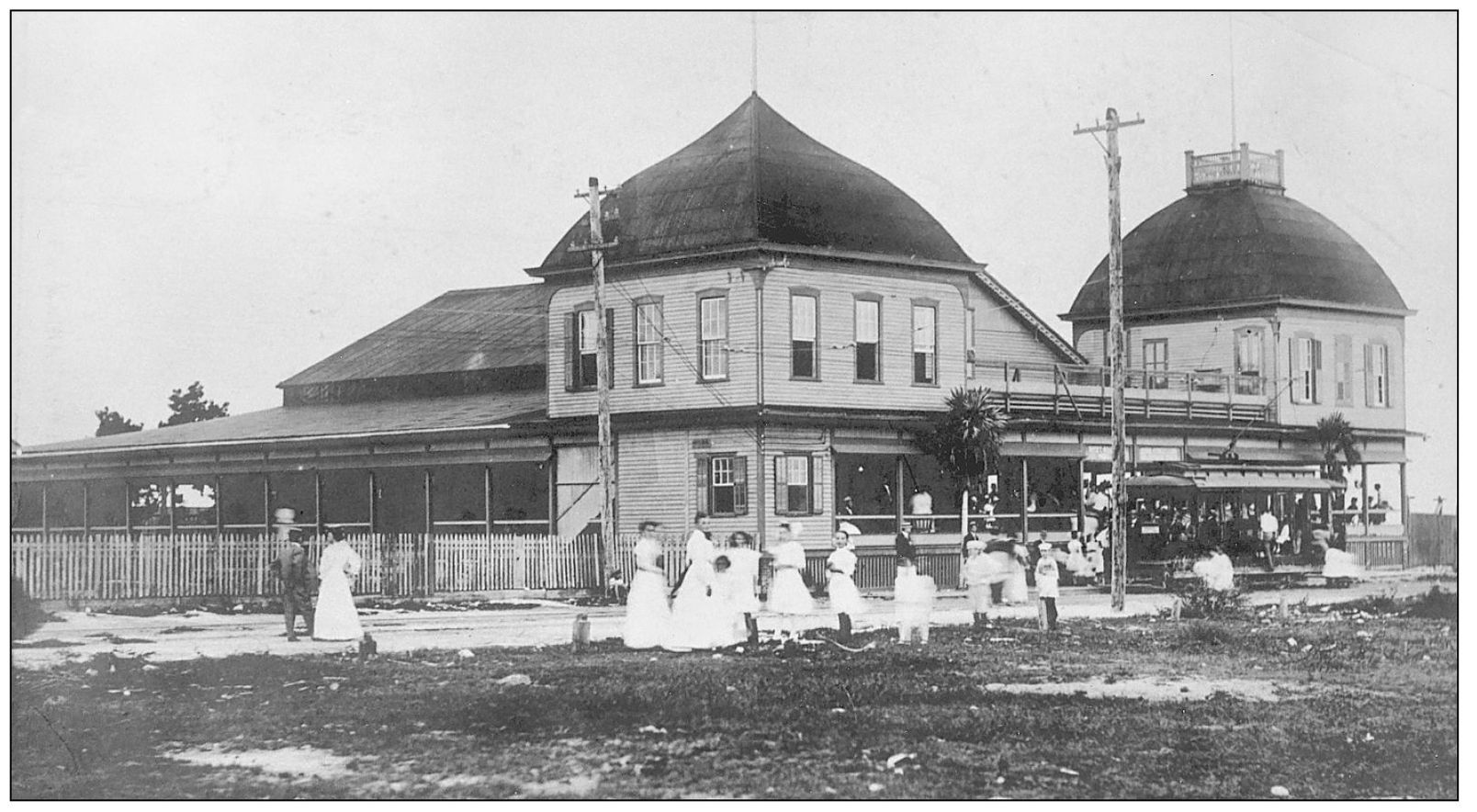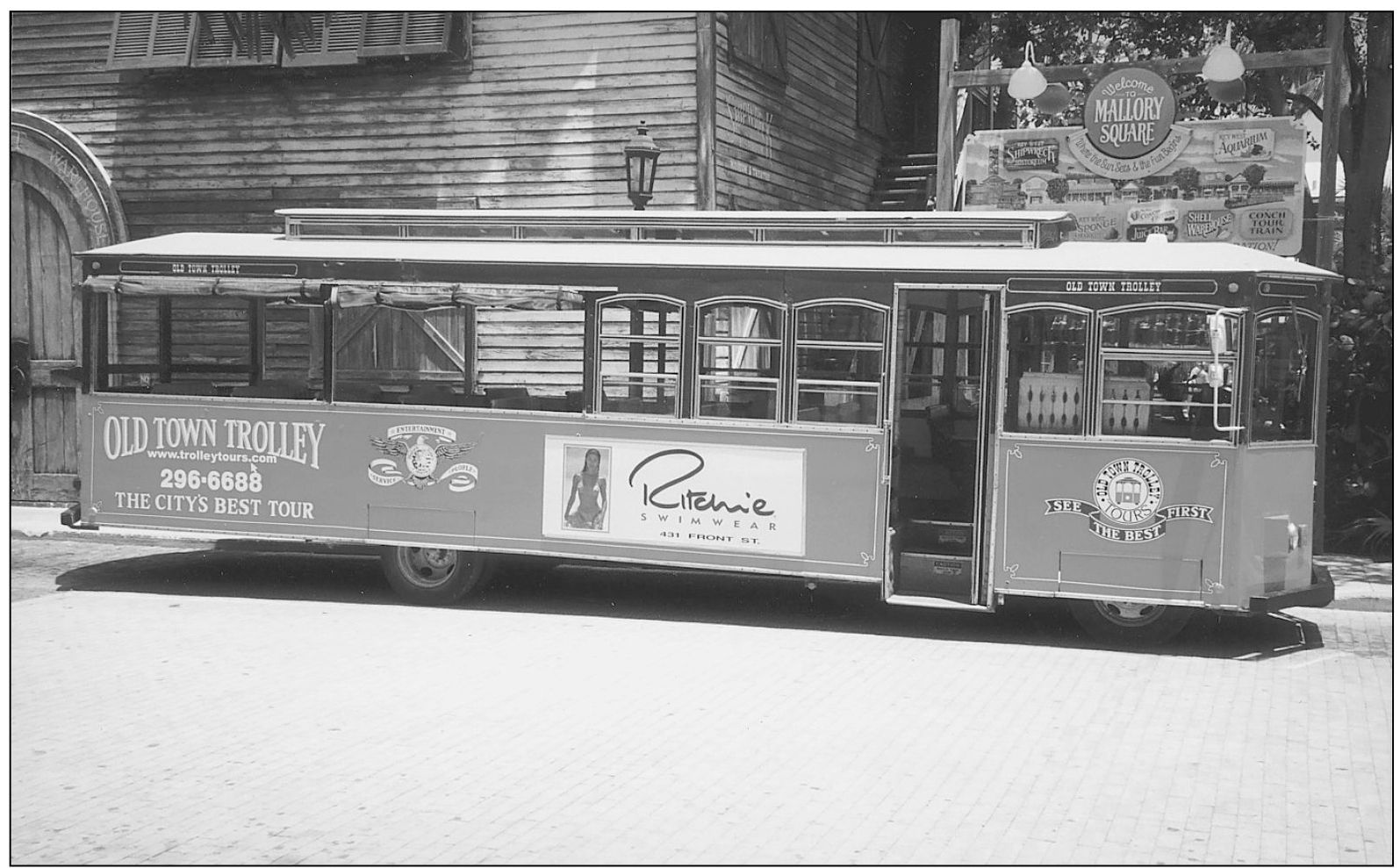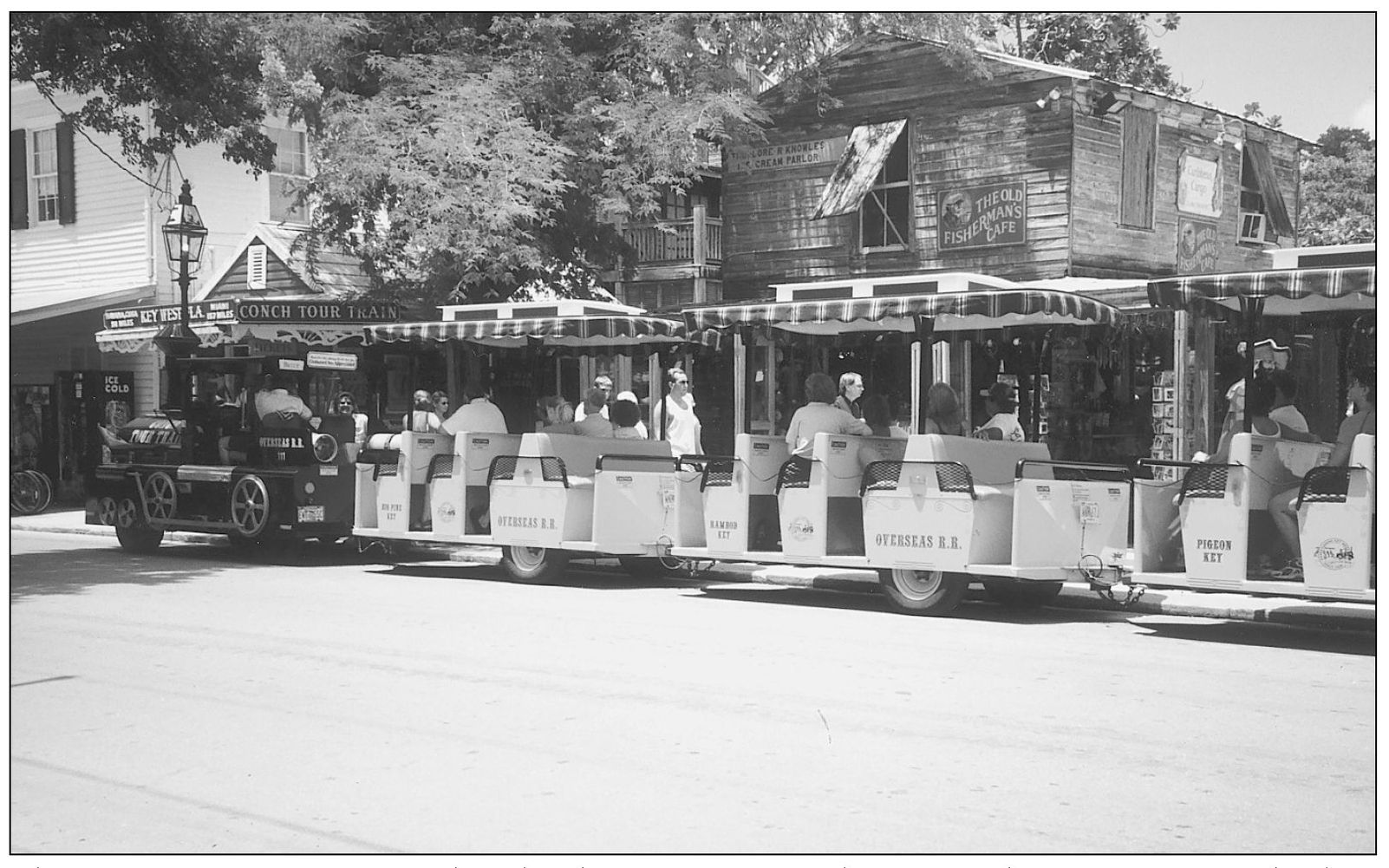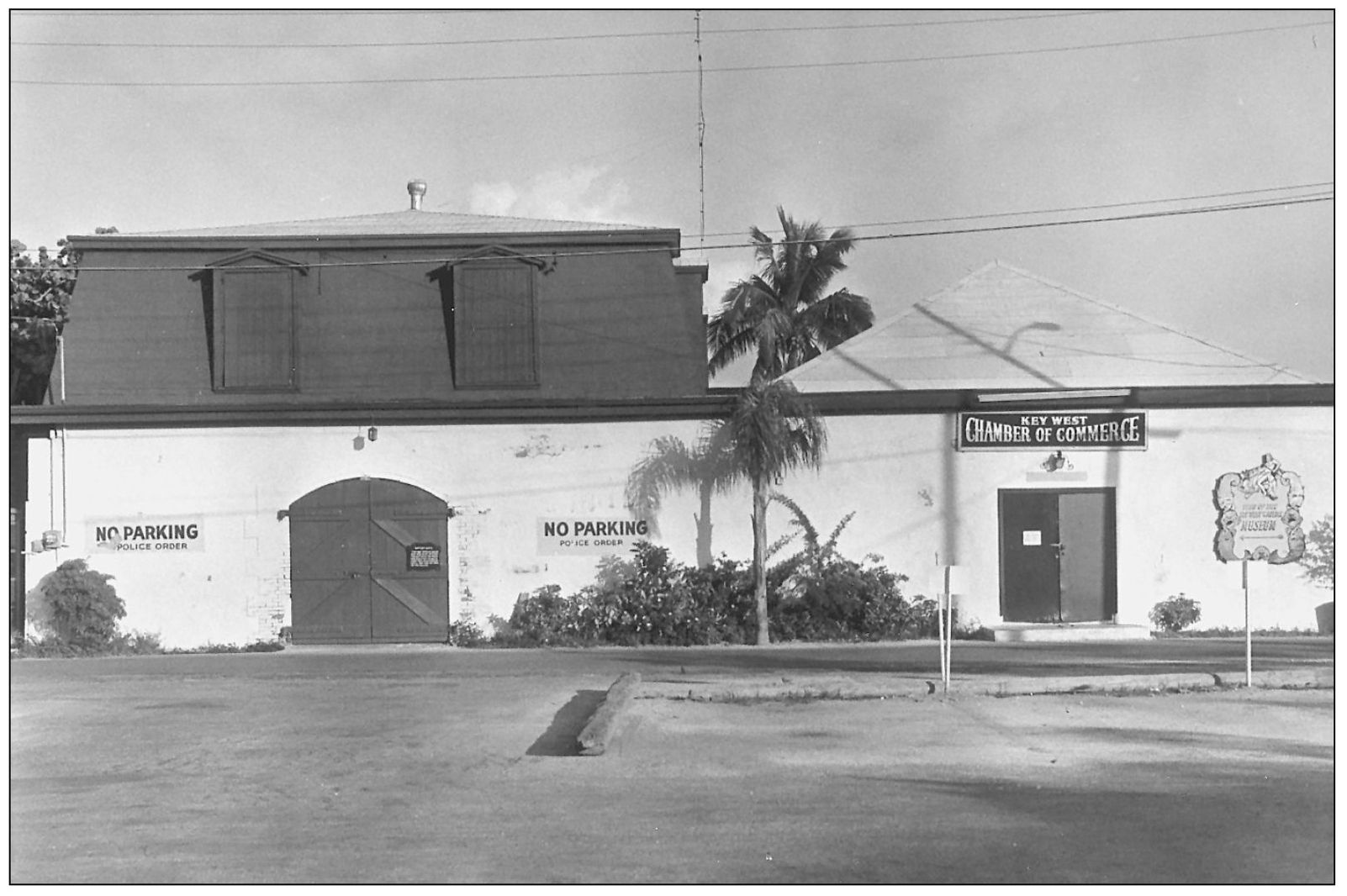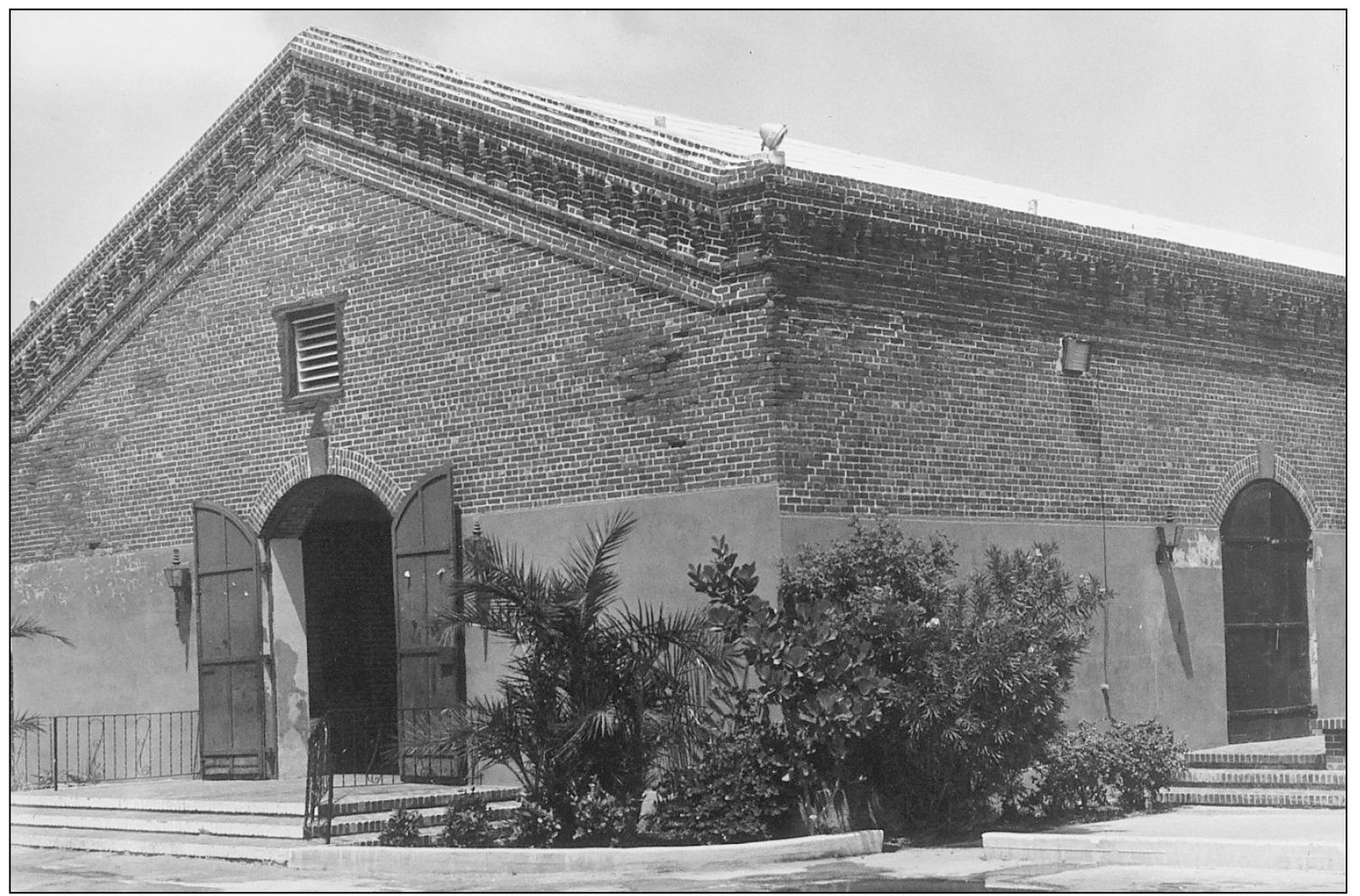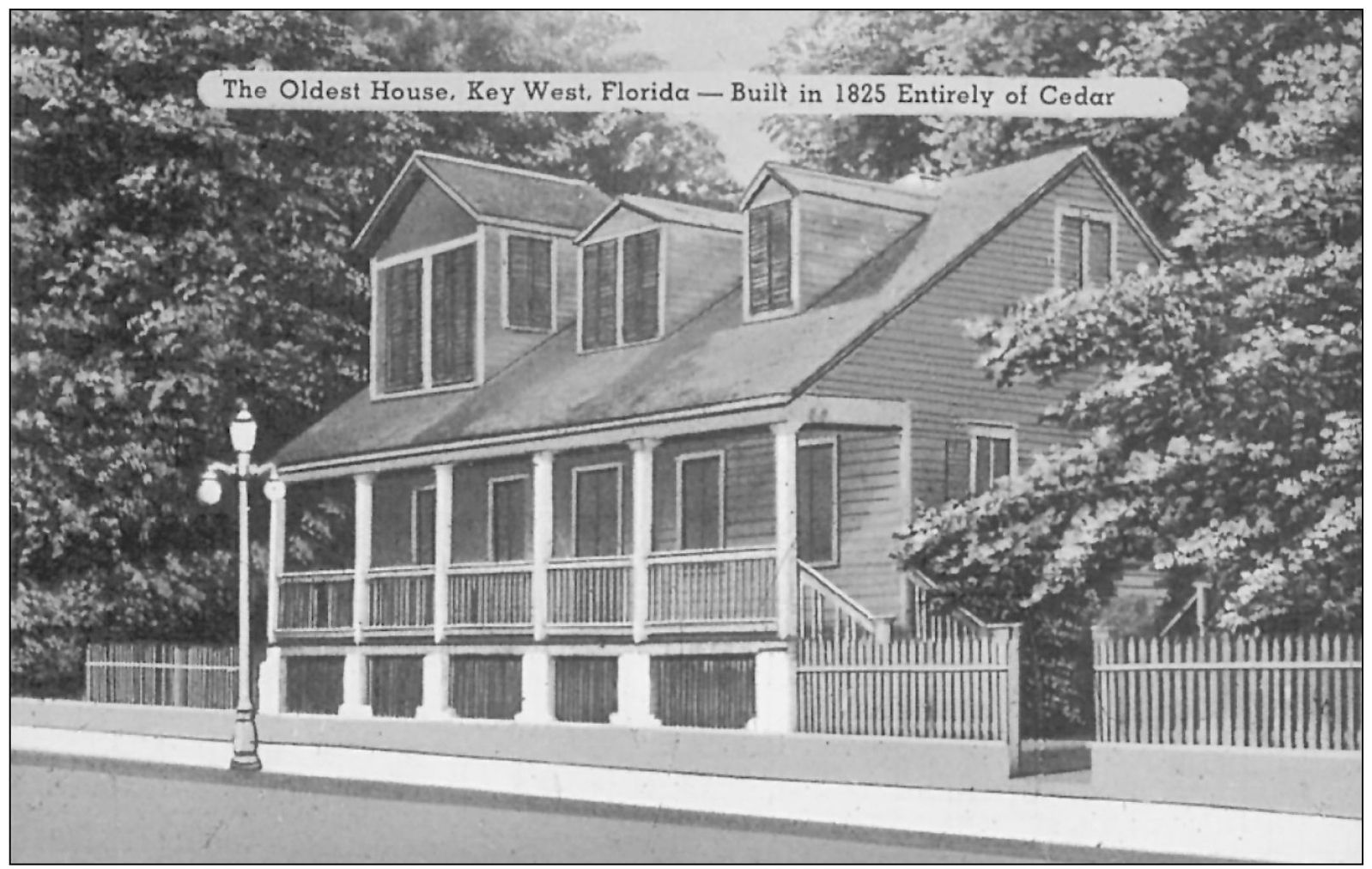One
THEN AND NOW
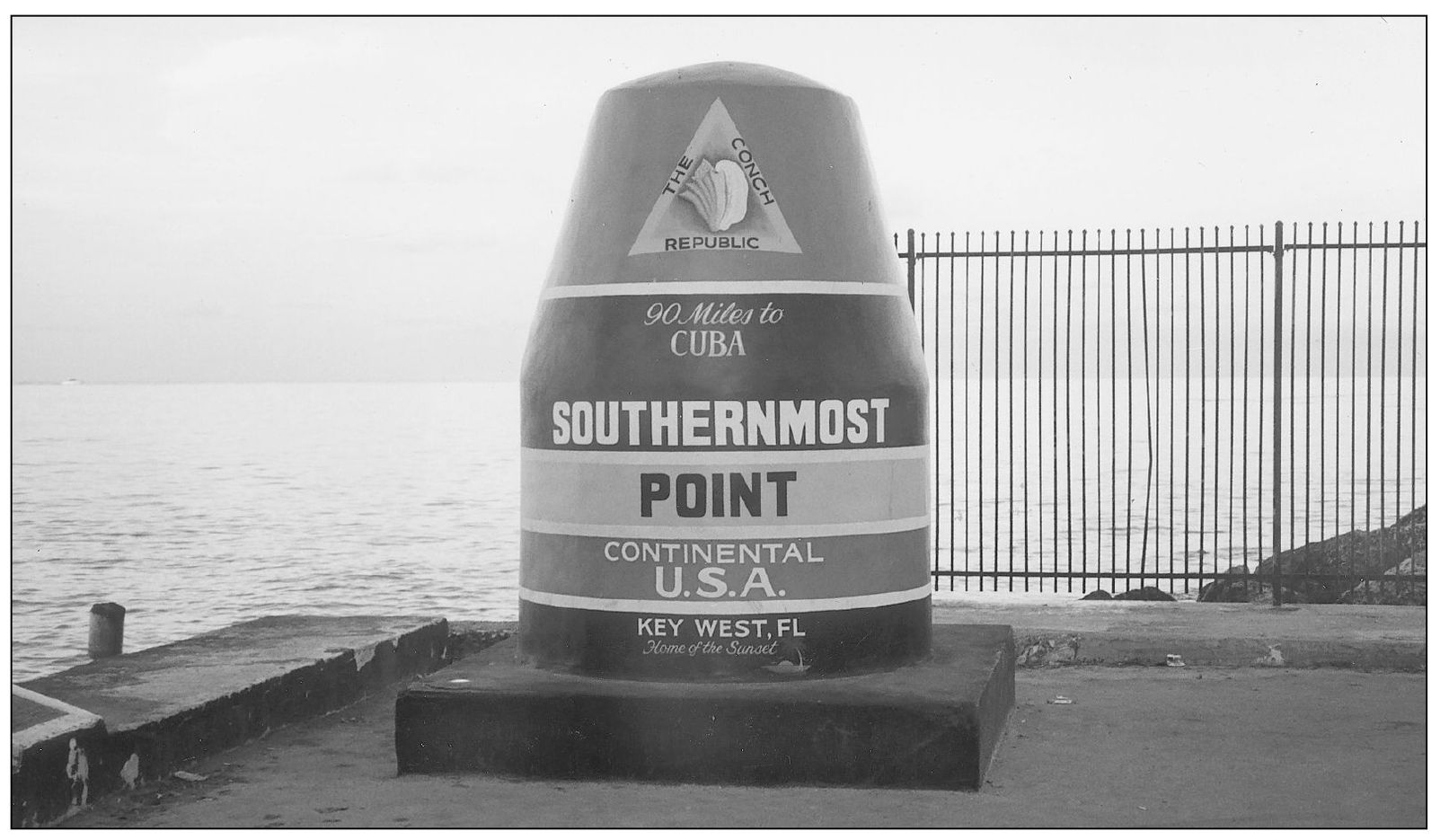
Key West is an island just 4 miles long by 2 miles wide. Located at the very end of U.S. 1, the southernmost city in the continental United States is connected to the Florida mainland by the Overseas Highway. Counting those born in the Keys and generally known as Conchs, as well as the newer residents, the city has just over 25,000 inhabitants. That number, however, fails to take into account the thousands of visitors who arrive on the island each year by boat, plane, and automobile. Some will visit the historical sites and study the local architecture, while others will be more interested in modern amenities. Many will spend their days sunning themselves on the beaches, diving on the coral reefs, or sailing on the brilliant blue water surrounding the Keys. Others will enjoy the nightlife of Duval Street. Some are looking for sunshine and warm weather and the chance to leave winter behind, while others are searching for something more elusive. Cultural pursuits, sports activities, artistic ambiance, or dreams of Margaritavilleall can be found in Key West. (Authors Collection.)
Since 1885, trolleys have provided a way to get around Key West. Operated by the Key West Street Car Association, this horse-drawn conveyance came equipped with curtains that could be closed to shield passengers from inclement weather. The saloon the trolley is stopped in front of advertised a free lunch as an inducement to patrons. (Key West Art and Historical Society.)
The annual meeting of the Florida Press Association took place in Key West in March 1907. Attendees enjoyed a tour of the island aboard the electric railway cars operated by the Key West Electric Company. Known as the playground of the people, La Brisa, with its dance pavilion, concerts, games, and amusements, was a favorite stop on the tour. (Monroe County Public Library.)
Although drinking establishments along the route no longer provide free lunches, todays visitors can still experience a trolley ride. Tour guides provide a running commentary on points of interest around the island for passengers aboard the Old Town Trolley. (Authors Collection.)
The Key West Extension of the Florida East Coast Railway ceased operation after the line was partially destroyed in a hurricane in 1935. Today, the Conch Tour Train is the closest approximation of a railroad in Key West. More than ten million visitors have filled the passenger cars of the propane-fueled motorized tram on sightseeing tours of the island. (Authors Collection.)
Long before ice began to be manufactured in Key West in 1890, ships transported natural ice from New England. During the mid-1800s, entrepreneur Asa F. Tift built an icehouse adjacent to the ship chandlery and cisterns previously constructed as part of A.C. Tift and Company. The oldest commercial buildings in Key West, the former chandlery currently houses the chamber of commerce. Framed by its distinctive double doors, the icehouse is now home to the Shell Warehouse. (Monroe County Public Library and Authors Collection.)

Erected in 1879, this Wall & Company warehouse was one of the earliest brick structures in Key West. William H. Wall, considered to be one of the communitys pioneers, arrived on the island after being shipwrecked. As did many Key Westers of the era, Wall made his fortune in salvaged goods. In 1881, the nearly 154-foot-long building was sold to Asa F. Tift to become part of his waterfront chandlery. Although damage from the 1886 fire necessitated a new roof and some masonry repair, the building remains much as it was in 1879. Today, the warehouse is the site of Cayo Hueso y Habana, a restaurant and retail shop commemorating the contributions of people of Spanish/Cuban heritage. A reproduction of the aircraft used by Augustin Parla in his 1913 flight from Key West to Cuba hangs inside. (Monroe County Public Library and Authors Collection.)
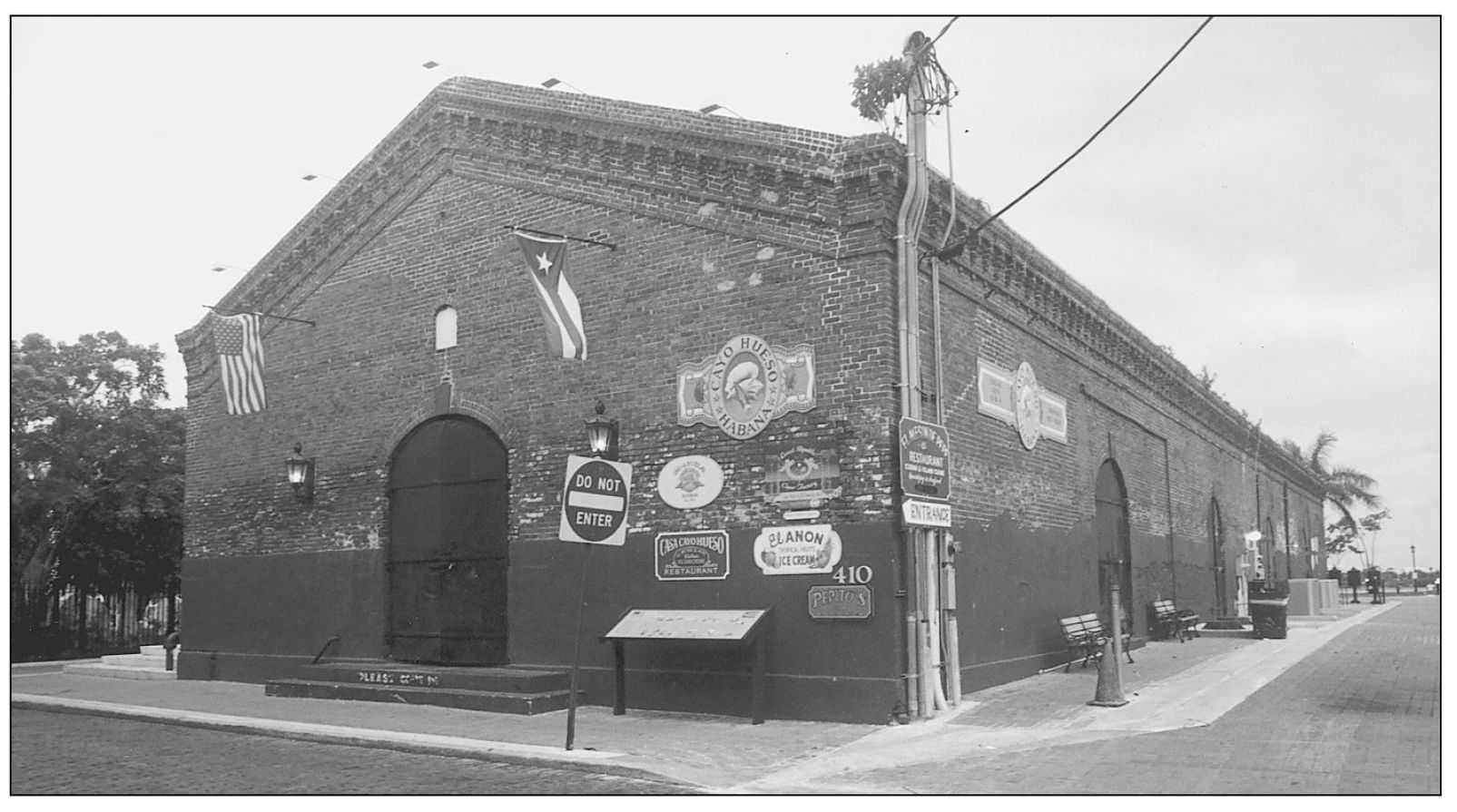
This one-story house built of cedar in the 1820s is believed to be the oldest house in Key West. Constructed by a ships carpenter, it was originally located on the corner of Caroline and Whitehead Streets. Around 1832, by means of mule teams and lots of muscle, the house was moved to its present location at 322 Duval Street. In 1839, Capt. Frances Watlington purchased the residence. Donated to the State of Florida in 1974, the house is operated today as the Wreckers Museum, and serves as a reminder of the role that the wrecking industry played in making Key West what it is today. (Authors Collection.)

